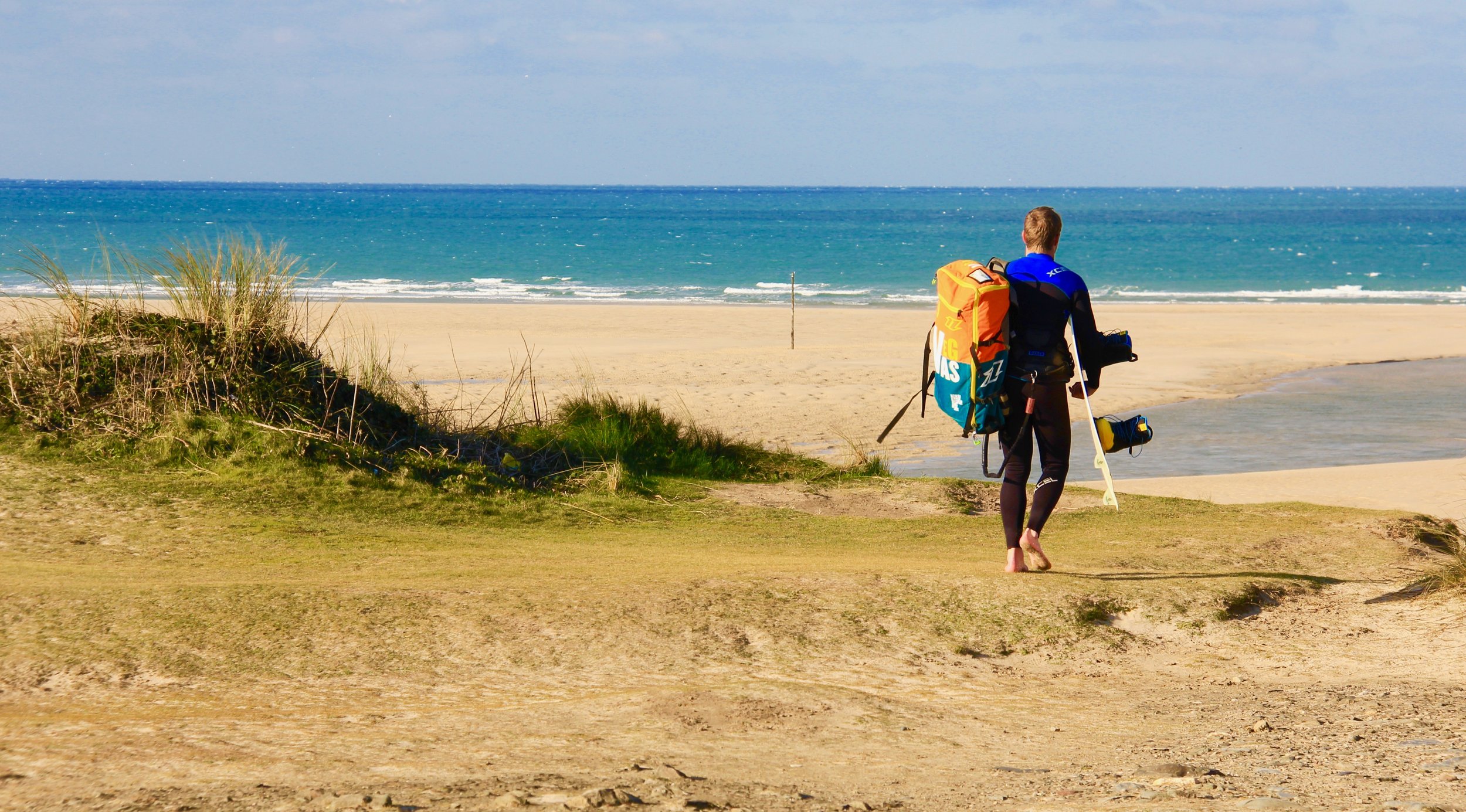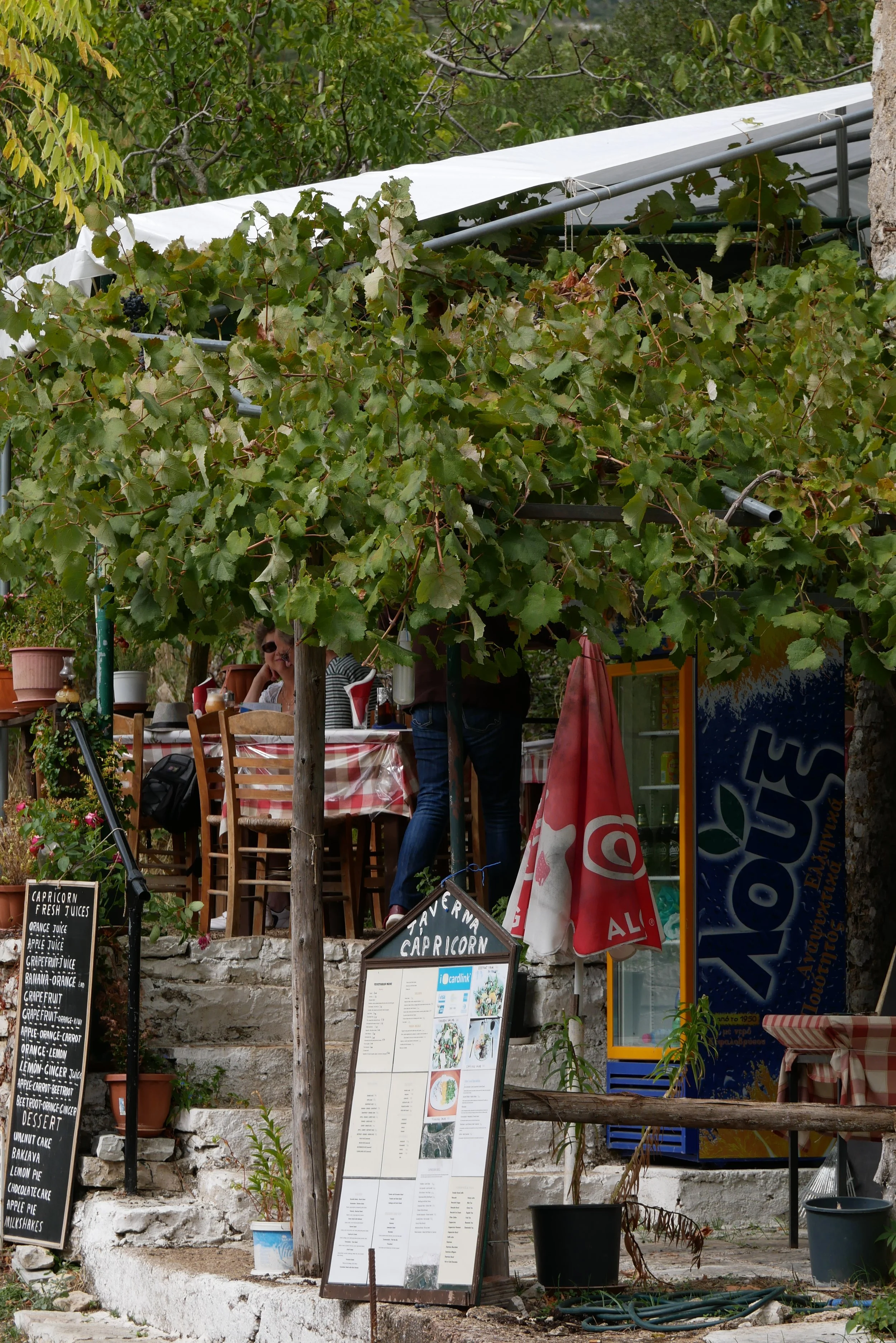Secret Cornwall: Hayle and its dunes
While the hordes were assembling along some of Cornwall’s more popular beaches one hot day recently, I was elsewhere in the county watching gulls being lonely. There’s no place in the Westcountry where the wind blows so resignedly and unendingly as it seems to at Hayle. Whether it is the port’s faded industrial past that augments this haunted demeanour, or the forlorn look of the saltings - I do not know. But I rather like the soft, soothing melancholy of it all.
The Mesmerizing Atmosphere of Hayle's Beaches and Saltings
Of course, they’ve been busy at Hayle attempting to make the whole place look a great deal more posh than it appeared when i first came here to write up a walk 15 years ago. But the boundless expanse of sand which plays host to the estuary slinking through The Towans is still there - so is the screech of a thousand seabirds and the picture-postcard view of St Ives across the bay...
All these elements go to make Hayle a place of great and unique character.
Hayle's Evolution from Industrial Past to Coastal Destination
In central Hayle you know you are close to the ocean but it is not exactly easy to spot. That’s because the tall sandy rumps of Riviere Towans get in the way. To find the shore you must cross the swing-bridge over the narrow gut that links Copperhouse Pool to the harbour, and follow the quayside as far as you can around to the left.
This is the bit they’ve been revamping in recent times - and yet as I walked along here recently the thought struck me that Hayle is probably still one of Cornwall's best kept secrets. The past may have left it a little scarred but the post-industrial, bypassed, harbour town is a good deal more interesting than some of the more quaint and touristy havens around the coast.
The port probably enjoyed some sort of prominence way back in pre-Christian times - the name comes from “Heyl” which is Celtic for estuary. For centuries the passage around Land’s End was regarded as dangerous and travellers, such as the early Christian pilgrims en-route from Ireland to Santiago de Compostela in Spain, preferred to take the overland route from Lelant, on the western shore of Hayle Harbour, to St Michael’s Mount.
St Ives as seen from Hayle Towans
Several things have changed the face of Hayle over the past couple of decades: the opening of the A30 bye-pass relegated the place from being a busy roadside town to coastal backwater; the massive, ugly, power station was demolished; and the equally unsightly quayside chemical works was made redundant.
Finding Your Way to Hayle's Hidden Shorelines
Make your way out to the narrow gap which has been cut by the River Hayle. The paved road gives way to a sandy track and, eventually, you come to a bumpy car park that overlooks the estuary. There, on the other side of the river, you can see the ancient church at Lelant tucked among its dunes, surrounded by men and women pushing golf buggies hither and thither. And out across the wide expanse of Porth Kidney Sands you can spy St Ives clinging to the hillsides that curve around its east-facing bay.
Exploring the River Hayle and Surrounding Landmarks
Behind you there’s the most interesting and motley collection of beach huts and chalets you’ll see anywhere. They make a picturesque jumble and I hope that no busy-bodying, do-good local politician will ever be daft enough to have them removed. The high and mighty tend to hate scruffy places like this, but others like me would have preservation orders slapped on such areas of eccentricity.
The Unique Charm of Hayle's Beach Huts and Chalets
Further around The Towans, the chalets get a lot more uniform and neat, but it’s the higgledy-piggledy ones I like best. Anyway, talking of going further around The Towans – that is exactly what we must do.
I scrambled down onto the beach to make my way north west towards Gwithian. The great sweep of sand is one of the county’s finest big-beaches and my plan was to walk all the way up the shore to Gwithian.
Journey Along Hayle's Picturesque Towans and Beaches
But it was a bit further than it looked and eventually, pressed for time, I found a public right-of-way that led right over the big hillocky swathe that is Common Towans. This brought me past Phillack, which is a sort of annexe to Hayle, and on up some rocks called Peter’s Point just to the seaward of Gwithian Towans.
Next I began to take the footpath inland of the sand dunes, but realised it would take me to the busy coast road known as St Ives Lane and so decided to make for the National Nature Reserve otherwise known as Upton Towans. The zenith of these dunes is, for some reason, known as Jack Straw’s Hill, but I would doubt that has anything to do with the erstwhile Foreign Secretary.
Exploring the Upton Towans National Nature Reserve
Several paths wend their way through the dunes and you stroll along thinking to yourself that it is probably for the best the massive National Explosives Works are no longer here. Traces of them are, but manufacture ceased in 1919 - though various explosive materials were stored amidst the dunes in the 1960’s. Apparently this is a good area for glow worms (to be seen from May until September) but I was walking in the bright light of midday.
Eventually I took the path back towards the coast, before swinging left past the campsite to make my way south over Phillack Towans musing, as I went, over how the local mutton and wool raised in the dunes was renowned for its quality. It is reputed that a special breed of sheep grazed the tough marram grass and even ate the abundant snails which occur here.
Appreciating the Rich Birdlife at Copperhouse Pool Reserve
Making my way down past the church at Phillack, it was simply a case of turning right along Copperhouse Pool back to the harbour.
The creek is a Site of Special Scientific Interest and must hold some sort of record for being the closest bird reserve to a town centre anywhere. Look out of any shop window and you will at certain times of the year see up to 5,000 golden plover, along with little grebes, great northern and black throated divers and even rarities like the North American ring-billed gull - to name but a few of the reserve’s species.
And now it’s back to central Hayle where, by the way, there is an excellent fish and chip shop under new ownership. You will find it half way along the terrace facing Copperhouse Quay and if the results we tasted are a true reflection of the normal fare, it’s well worth saving up your appetite during the hike.
Hayle Harbour, taken before development





















